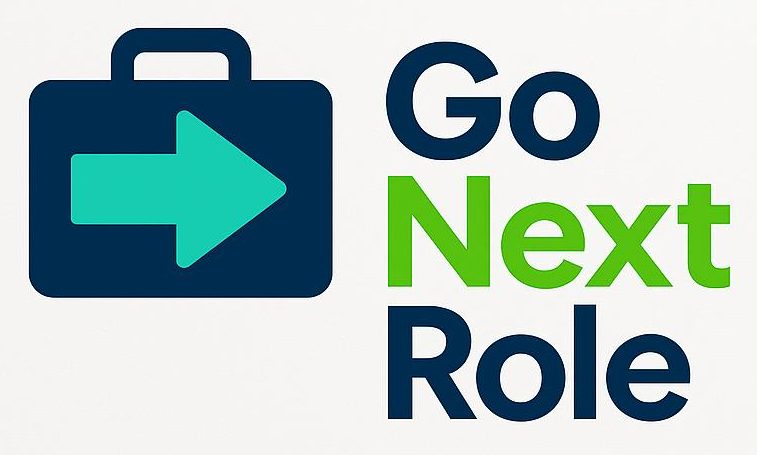How to Transition into an AI Career from Non-Tech Background
Transitioning into an AI career from a non-tech background is entirely possible, and many professionals have successfully made the switch by strategically building skills, leveraging existing experience, and targeting the right roles. Here’s a clear step-by-step roadmap to help you make this career change:
🔍 Step 1: Define Your AI Interest Area
AI is broad. Narrow your focus:
- AI Product Manager – for those with business or product backgrounds.
- AI/ML Researcher or Engineer – for those willing to learn coding and math.
- AI Ethics/Policy – for legal, social science, or humanities backgrounds.
- Data Analyst/Scientist – for analytical roles involving data, possibly lighter on AI.
- Prompt Engineer/AI Content Creator – for creative or writing-heavy backgrounds.
📚 Step 2: Learn the Fundamentals
If you’re not technical:
- Basic Python – via courses like Codecademy, freeCodeCamp, or Coursera.
- Math Basics – Linear algebra, probability, and statistics (Khan Academy or 3Blue1Brown on YouTube).
- AI/ML Concepts – Courses like:
- AI For Everyone – Andrew Ng (Coursera)
- Elements of AI (Free)
- Intro to Machine Learning – Kaggle
🛠️ Step 3: Build Practical Skills
- Projects: Start simple:
- Sentiment analysis on tweets.
- Image classifier using TensorFlow or PyTorch.
- Use OpenAI or Hugging Face APIs for text generation or summarization.
- Portfolio: Document these on GitHub or in blogs.
- Explain what problem you’re solving and what you learned.
- No-Code Tools (for a soft start):
- Use platforms like Pinecone, ChatGPT, or Lobe.ai for building prototypes.
💼 Step 4: Leverage Transferable Skills
You likely already have valuable skills:
- Project managers → AI product managers.
- Writers/marketers → prompt engineers or AI content strategists.
- Analysts → data scientists or ML ops.
- Teachers/trainers → AI education and LLM fine-tuning.
Frame your resume to bridge the old and new:
“Led product planning and stakeholder communication, now applying that to AI product lifecycle using ML models and tools like ChatGPT.”
🤝 Step 5: Network & Gain Real-World Exposure
- Join AI communities:
- Kaggle
- Hugging Face
- Reddit subs like r/MachineLearning or r/LearnMachineLearning.
- Discords like DataTalksClub
- Attend:
- AI meetups, hackathons, and webinars.
- Open-source projects and online challenges (Kaggle, Zindi).
🧠 Step 6: Consider Certifications or Bootcamps (Optional)
- Coursera: AI Specialization by Andrew Ng.
- Udacity: AI/ML Nanodegree (costly but structured).
- Springboard: AI career tracks with mentor support.
🧳 Step 7: Apply for Entry-Level or Hybrid Roles
Look for roles like:
- AI Product Analyst
- Data Analyst with ML exposure
- AI Content Specialist
- Junior ML Engineer (if technical)
- AI Ethics Consultant (if from policy/legal)
🎯 Bonus Tips:
- AI Blogs & Papers: Read from arXiv, DeepMind, or OpenAI.
- Learn about LLMs: GPT, Claude, Gemini — understand how they work and are used.
- Stay Current: Follow AI influencers on X (Twitter), LinkedIn, and Substack
Tags:
“How to Transition into an AI Career from a Non-Tech Background”
“Breaking into AI: A Step-by-Step Guide for Non-Tech Professionals”
“From Non-Tech to AI: Your Roadmap to a Career in Artificial Intelligence”
“No Coding? No Problem! Transitioning to an AI Career Without a Tech Background”
“Career Pivot: Entering the AI Industry Without a Technical Degree”
